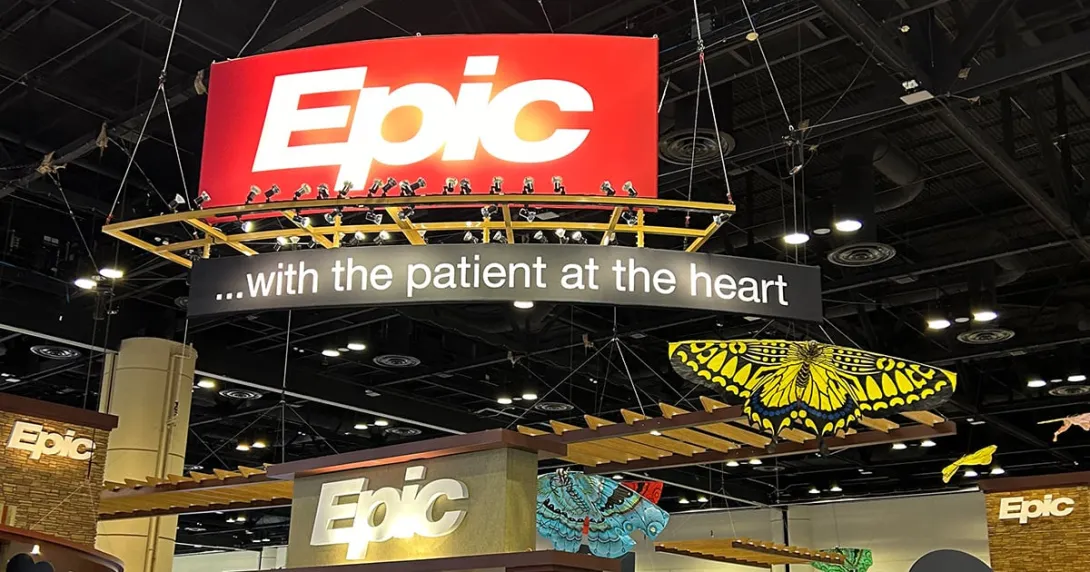Recently the ECRI Institute announced that it had added 4,000 new terms to the Universal Medical Device Nomenclature System, bringing the total to 24,544; many more, it said, were in the works. Of course, this is just one of more than 100 major healthcare code sets – SNOMED CT, LOINC, and their like – that are continually evolving. And these do not include the internal terminologies hospitals and health systems develop for their own functional areas such as pharmacy, radiology, laboratory, and clinical management.
Let's see, what are we forgetting? Something big. Oh yes, ICD-10, which will take us from 17,000 diagnostic and procedure codes to almost 90,000.
The shift from ICD-9, which must be completed by October 1, 2013, will improve not only the granularity of diagnosis codes but also diagnostic and treatment workflows, patient safety, and billing processes. But it isn't an end in itself. Indeed, healthcare coding is best thought of as a journey without an end. The good news is that, if you approach ICD-10 as an opportunity to install a language engine that can deliver true semantic interoperability, it will be a much easier transition.
Semantic interoperability, the holy grail of coding, is the key to seamlessly merging and managing all the individual bits of terminology from all those disparate systems – including free text from physician dictation – and, in the process, optimizing the EMR, meeting meaningful use requirements, and implementing the Physician Quality Reporting Initiative.
Without it, moving to ICD-10 will be a massive undertaking, even with the use of the CMS/CDC General Equivalence Mappings (GEMs) to provide bi-directional reference ability between the two code sets. With a language engine, even the mountains of historical data already coded to different terminologies can be easily mapped to any new coding standard. A language engine also allows you to enhance the GEMs to make them usable for your system or population.
What is needed is a scalable, flexible language engine with the capability to rapidly and accurately:
- Update, map, search, browse, localize and extend content:
- Incorporate and map local content to national and international standards;
- Update standard terminologies;
- Generate easy-to-use content sets to meet the needs of patients, physicians, and customer support professionals:
- Reference the latest terminology in all IT applications.
An added value of such an agile language engine is that it helps organizations comply with CMS quality measures, PQRI reporting, and pay-for-performance requirements. That's because it can easily perform the standardization and mapping needed to arrive at actionable analytics for these purposes.
There will never be a better time to implement such a strategy because, again, ICD-10 is only one stop on that endless journey. Once you have the infrastructure in place, it will serve you wherever that journey leads. For example, to ICD-11, which is already in alpha testing in Europe and should be hitting these shores in another decade.
George T. Schwend, president and CEO, Health Language, Inc.


